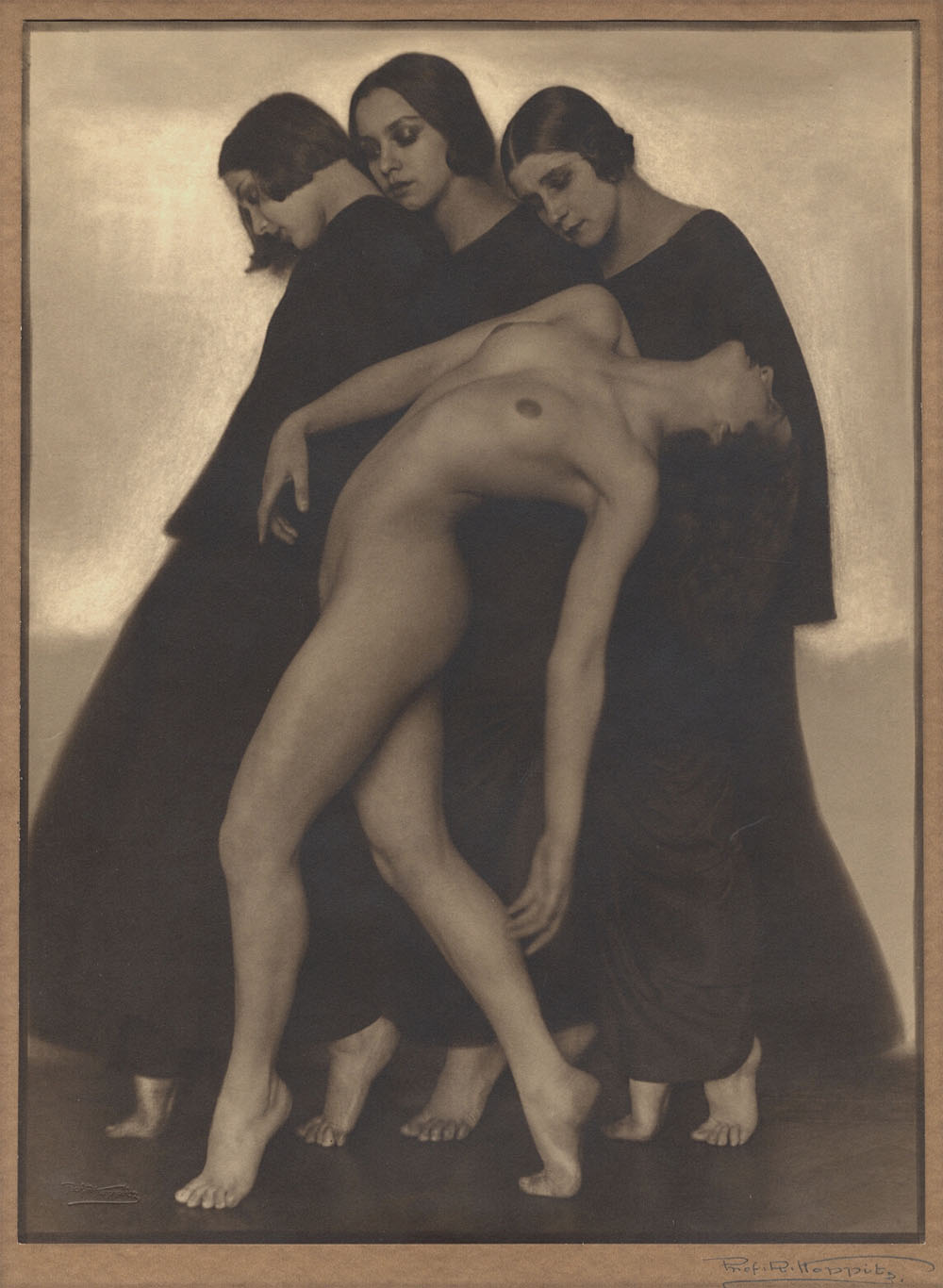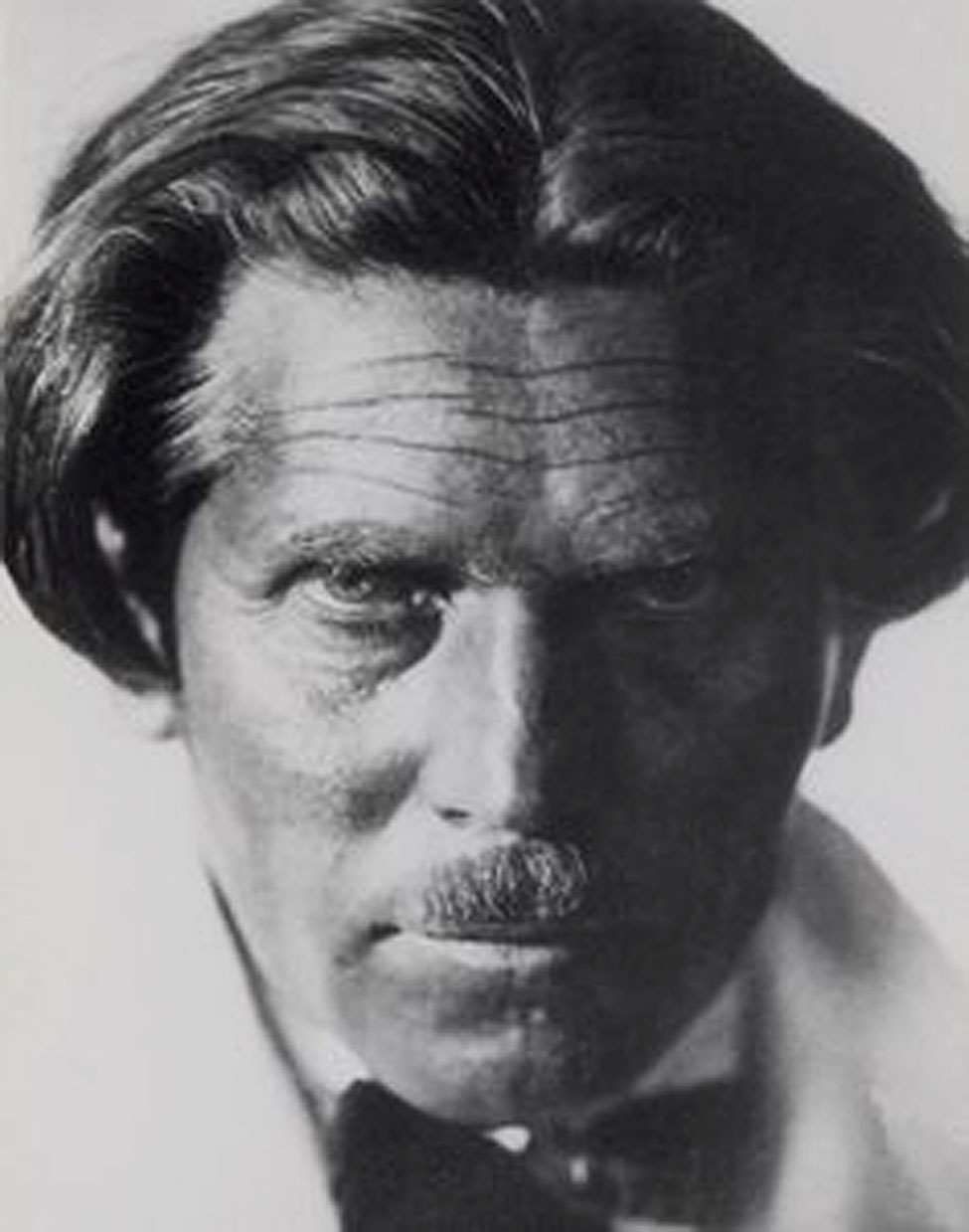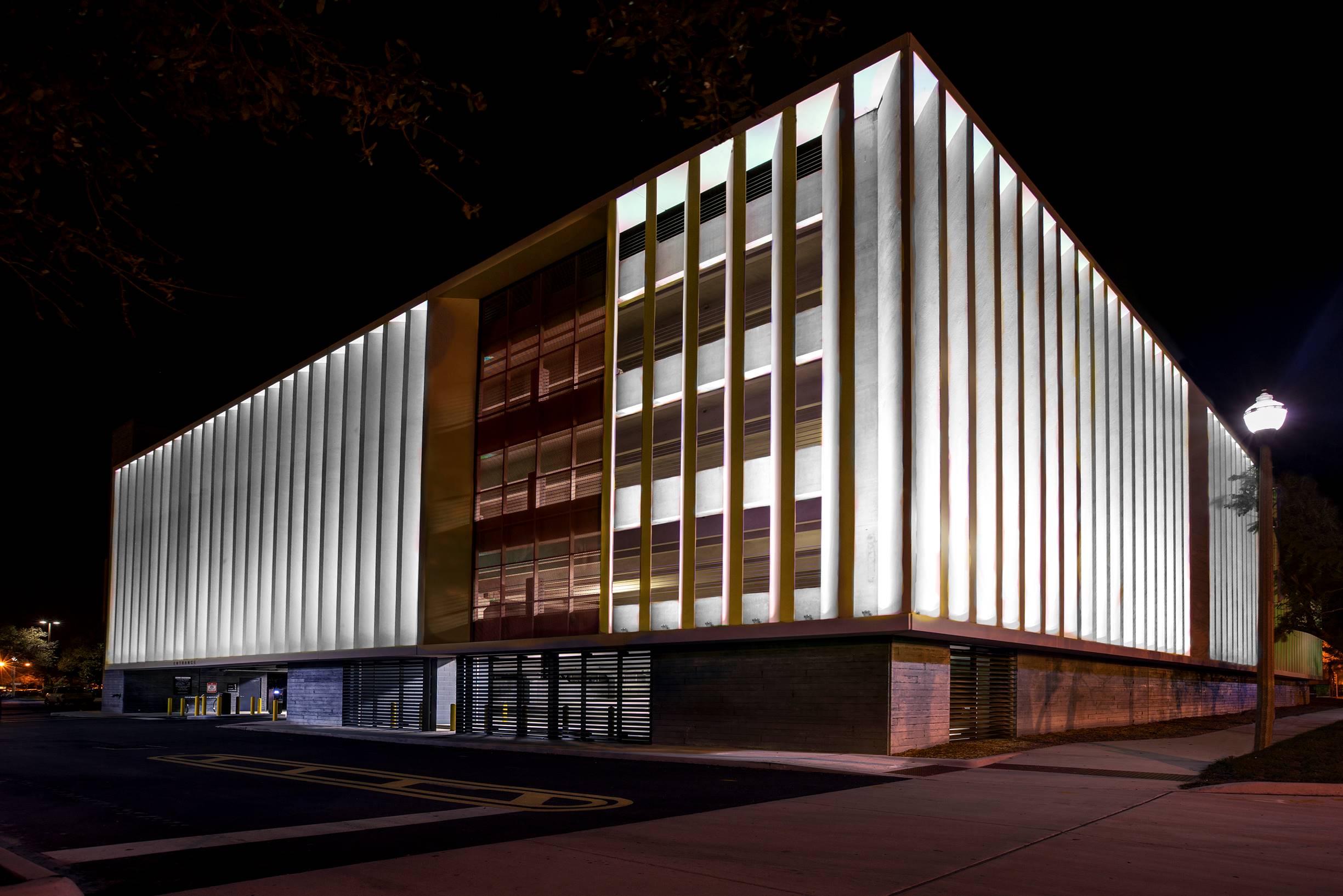Newsletter

Bewegungsstudie - “Movement Study”, Vintage pigment print, 1925, 14 13/16 x 11” on a 17 1/2 x 13” brown paper mount.
THE PRINT
Entitled 'Movement study', Koppitz’s Bewegungsstudie is surely the most widely published and most celebrated image in Austrian photography. This image certainly suggests, in the elegant lines of the naked central figure and her three draped attendant figures, a moment from the choreography of a modern dance – though of course the medium of photography has stilled and frozen the moment forever. This image attracted considerable attention in its day and fine prints were exhibited in photo-salons all over the world. Such attention was well deserved, as is the esteem in which the subject is still held by historians and collectors. For, beyond the immediate appeal of its enigmatic, haunting character, its dark and mystical eroticism, the image remains powerfully emblematic of a time and place, of the cultural mood of Vienna in the 1920s, in a way that resonates through the decades.
'Movement study' evokes important strands of the Austrian psyche at a time of political upheaval and uncertainty that led to the unraveling of the Austro-Hungarian Empire and the redrawing of the map of Austria. We are reminded of the mood of angst and melancholia of much secessionist art, of the birth of modern psychoanalysis in the researches of Sigmund Freud, and of the search for the elements of a renewed sense of national identity. This search manifested itself in a celebration of the landscape, and of traditional national costume and archetypes. Romanticized mountain scapes, folk costume, and historic ritual became popular themes, not least in Koppitz’s oeuvre. In a self-portrait, from 1923, he cast himself as ‘Der Alpenwanderer’, the Alpine wanderer, seeking solace in nature. And central to the imagery of this search for identity was ‘Nacktkultur’, the celebration of the naked body, most usually in the landscape. Koppitz himself posed naked against the sky in deeply symbolic pictures that illustrate this widespread and deep-felt psychological need, as if for a rebirth. Such was the climate in which he conceived and executed his memorable Movement study.
THE TECHNICAL PROCESS
While several original vintage prints of "Movement Study" have surfaced in the market place as photogravures and silver gelatin prints (of considerable lesser value), this large format pigment print is extremely rare if not unique.
A “Pigment” print is a generic term that encompasses all types of printing which include adding or substituting a pigment for the silver, including bromoil, bromoil transfer, carbon, and gum bi-chromates. The print in the TRRF collection appears to be a bromoil transfer and a close inspection of the surface of the paper reveals the use of a very subtle linen texture which suggests the use of a transfer method.
TRRF is very interested in researching these older methods of photo printing and is designing a graphic studio in the upcoming museum of the American Arts and Crafts Movement to host seminars and workshops in print making (bromoils, bromoil tranfers, pigment prints, photogravures, and woodblocks). For those who may be interested in this subject a description of the process of making a bromoil print is provided here. The instructions have been written by renowned bromoil expert Dave Symonds.
THE PHOTOGRAPHER

Rudolf Koppitz, 1884-1936
There is much to know about the life and work of famed photographer Rudolf Koppitz. Yet in spite of all the factual information available much of his life remains a mystery.
Rudolf Koppitz was born into a poor Lutheran family in the small Czech Republic village of Schreiberseifen. He began training for a career as a photographer in 1897 under Robert Rotter in Freudenthal. In 1901 he moved and worked for a year and a half in the studio of Carl Pietzner (Pietzner was thought to have the largest portrait business in the world) where he became exposed to a wealthy and prominent clientele unlike the financial opportunities in the village he left. Koppitz was a highly regarded employee (a recurring theme) and recognized for his skills as a retoucher of positives and negatives. He departed Pietzner’s studio after being drafted into the army. Little is known about his 3 years of service other than he served in the Flight Division in Vienna. He returned to Vienna after his discharge and early photos show that by 1908 he had fully grasped the techniques and aesthetics of artistic photography. It is unclear where he may have learned these techniques but he was certainly influenced by an exhibition at the Kunstsalon Miethke containing the pictorialist photographs of Heinrich Kuhn, Alfred Stieglitz, Edward Steichen and Nicola Perscheid. His photos of Vienna at this time are in the style of classic pictorial photography. It is also at this time that he is directly influenced by the art of Austrian genius and innovator, Gustav Klimt.
He made a life changing decision in 1912 to attend the Imperial and Royal Institute for Teaching and Research in the Graphic Arts. He was promoted to assistant at the Graphics Institute and drafted into the military in July, 1914. Due to his prior military service and his photography background was assigned to field photography and the relatively new field of air reconnaissance. In December, 1917 while on a photographic reconnaissance mission flying over enemy territory his plane was shot down by Italian infantry causing a dramatic crash landing. He survived and was awarded the Silver Medal for Bravery. Unfortunately, it has not been possible to locate many of the photographs taken during these missions.
The period between the wars would signal the work that defines Koppitz. Photographs from that time are full of symbolic meaning often capturing the athletic bodies of both male and female nude and clothed dancers. Koppitz’s powerful self-portraits nudes taken outdoors against the sun, trees and rocks were rare in the world of artistic photography at the time but were well received and popular in many of Austria’s avant-garde magazines.
Koppitz’s photographs were shown in many juried and invitational exhibitions in the United States from 1926 through 1930. His photographs were well received and applauded earning him the first prize in the Seventh Annual Competition of American Photography. He was listed in the “Who’s Who in Pictorial Photography” the reference guide for pictorialism.

MAACM Parking Garage - White Lighting
Regular readers of the TRRF Newsletter have seen images of the new MAACM Parking Garage before. Just not like this. In our short YouTube video, we take you on a virtual tour around the garage as its vertical fins cast colors from their bases soaring upwards 4 stories. The garage is awash in color that transitions from warm white, to the primary colors of red, green, and blue and then goes further to create combinations of colors. It is truly an amazing combination of architecture, color and light that will complement the MAACM for decades to come.